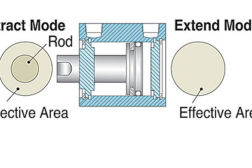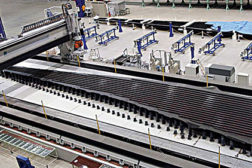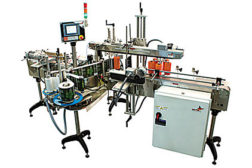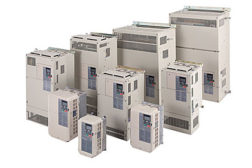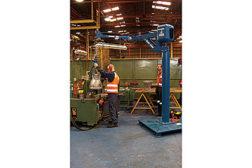Motion Control
Suppliers complement their cam- and servo-driven systems with newer technologies like direct-drive indexers and precision-link conveyors.
Read More
How to Specify Pneumatic Cylinders
Stroke length, force requirements, and operating environment are among the many considerations when specifying pneumatic cylinders.
September 3, 2014
Robotic Assembly of Automotive Wire Harnesses
New research suggests that six-axis robots can be used to install automotive wiring harnesses.
July 1, 2014
Applying VFDs to servo applications
AC induction motors are increasingly being used in applications once dominated by servomotors.
July 1, 2014
Cranes, Hoists and Lift-Assist Devices Aid Workers on the Assembly Line
Equipment options range from robust cranes and hoists, to intelligent assist devices and flexible work positioners.
June 3, 2014
Get our new eMagazine delivered to your inbox every month.
Stay in the know on the latest assembly trends.
SUBSCRIBE TODAY!Copyright ©2024. All Rights Reserved BNP Media.
Design, CMS, Hosting & Web Development :: ePublishing


